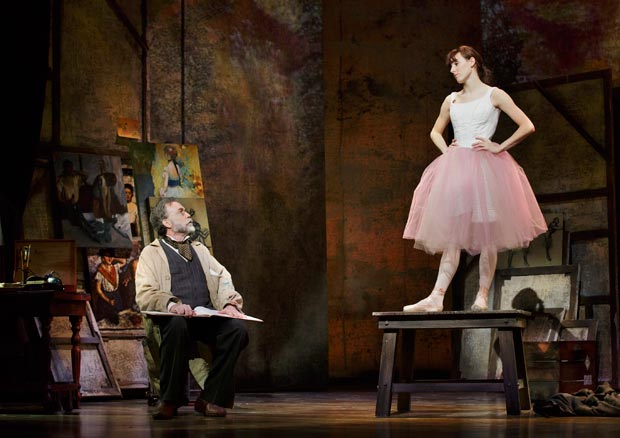
© Paul Kolnik. (Click image for larger version)
Susan Stroman/Kennedy Center
Little Dancer
Washington, Kennedy Center Eisenhower Theater
November 20, 2014
www.kennedy-center.org
Background – Oksana Khadarina on Degas’s Little Dancer
A work of art is an unusual subject for a musical; yet the creative team led by director and choreographer Susan Stroman worked true wonders bringing to life the most famous sculpture of Edgar Degas in a brand-new musical Little Dancer – a Kennedy Center’s original production that officially opened on November 20 at the Eisenhower Theater after nearly four weeks of previews.
This is a musical that will certainly delight all dance lovers: the theme of ballet permeates the show from start to finish. Set in 1880s Paris, the story explores the life and plight of Marie van Goethem, the mysterious young ballerina of the Paris Opera Ballet who inspired and posed for Degas’s legendary and once-controversial statuette, “Little Dancer Aged Fourteen.” It’s a story about love of dance and survival in the face of adversity. It’s also a story about the surprising emotional bond between Degas and Marie, whose friendship was strengthened by their mutual understanding of struggle: he is an aging artist facing the loss of his eyesight and she is a young ballerina trying to break free from the world of poverty and immorality which threatens to consume her.

© Paul Kolnik. (Click image for larger version)
Lynn Ahrens wrote book and lyrics, conjuring a fascinating (and fairly coherent) tale about the hopes and dreams of a talented young ballerina in 19th-century Paris, in which the real and the imagined go hand-in-hand. Stephen Flaherty composed a colorful and utterly melodious score, underpinning the story and songs with atmospheric and emotionally-potent music and imbuing the show with the fragrant ambiance of Belle Époque Paris.
To give the story a narrative arc, the creators divided the role of Marie into two parts. Adult Marie (Rebecca Luker) narrates the show, recalling events of the past.
In the first scene of the musical, the grown-up Marie visits Degas’ studio after learning about the artist’s death, in the hope of seeing the sculpture that changed her life. There she meets Mary Cassatt (Janet Dickinson), a painter and Degas’s friend, to whom she tells the story of how she met the artist and became his most famous muse. With her memories the audience travels in time to 1881.
From that point forward center stage is held by Young Marie, portrayed by Tiler Peck, the 25-year-old principal of New York City Ballet.

© Paul Kolnik. (Click image for larger version)
Peck’s Marie is an aspiring ballerina at the prestigious Paris Opera Ballet. She comes from an impoverished family and to make ends meet (and to buy herself new dancing shoes) she has to deliver laundry to her mother’s clients. As fate has it, Degas is one of them. When Marie brings a basket of ironed shirts to the artist’s studio, he recognizes her as the little thief who stole his watch and his wallet. (Yes, Marie is a pickpocket, too.) So she has to repay her debt by modeling for the artist. Thus the young girl and the distinguished painter find themselves in an odd relationship which over time grows into a mutual admiration and camaraderie.
The scenes between Degas and Marie are splendidly humorous and emotionally poignant, rendering some of the most genuinely affecting moments of the production. Marie is a sharp-tongued, strong-willed and cocky young girl. Degas, on the other hand, often comes across as a grumpy old man. They make for a truly mismatched pair and their dialogs are full of wry humor and comic zest. Still, we sense the artist’s increasing affection and respect for the young ballerina; a perpetual loner, he enjoys her companionship and admires her vibrant presence and untamed spirit. As he gets to know her – and her big heart – she becomes not just a subject of his art, but his true source of inspiration. This relationship transforms them both.
Peck is a brilliant dancer who can really act and sing. Her portrayal of Marie gives this musical its human core. She plays her role as if living it. Her performance is natural, sincere and unadorned; and her shining presence and superb dancing prowess illuminate and galvanize this Little Dancer from tip to toe.
Stroman’s attractive and witty (if not particularly inventive) choreography makes effective use of Peck’s accomplished technical skills and buoyant personality. The musical offers a cornucopia of dance numbers from numerous elaborate ensembles to ballet rehearsals and auditions at the Opéra to a mesmerizing finale – a dream ballet of sorts, in which the creators hint at possible outcomes for Marie’s future after she is dismissed from the ballet company.
The ensembles are masterly done and danced; but the grand opening number “C’est le Ballet” is the show’s highest point. Here words, music and dance, as well as the collective energy of the entire cast, are at their most exhilarating.
There is a beautifully-choreographed scene at Marie’s audition for a small part in a ballet with a mock title, “Courtship of Petipa.” The role of a street urchin presents for a young ballet student “an unusual opportunity and a small raise,” and Marie needs both. For Peck, this was a moment to demonstrate her astonishing pointe work and unique artistry as a dancer.

© Paul Kolnik. (Click image for larger version)
Another effective scene is at the laundry, where Marie’s mother works for meager pay. It offers a striking contrast to the scene which depicts a maze of rooms known as the Opèra’s foyer de la danse, populated by the dandyish abonnés in black tailcoats and tall hats – the theater’s season – ticket subscribers hunting for young flesh during the intermissions.
The musical has a beguiling visual beauty. Beowulf Boritt created a handsome and clever stage décor, moving the plot forward with cinematic fluidity from one picturesque scene to another and swiftly transporting the action onstage – and the audience – from Degas’s studio to the starry streets of Paris, from the rehearsal rooms and corridors of the Paris Opera Ballet to Marie’s gloomy flat. The stage is enveloped by a gigantic picture frame, presenting the entire show as a work of art. As the musical unfolds, Degas’s paintings are either projected on the panels onstage or are incarnated by the cast to an astonishing effect. Costume designer and Broadway veteran William Ivey Long lavishly outfitted the production and Ken Billington bathed the stage with evocative lighting.
The entire cast, by and large, was superb, with the acting, singing and dancing wonderful throughout.
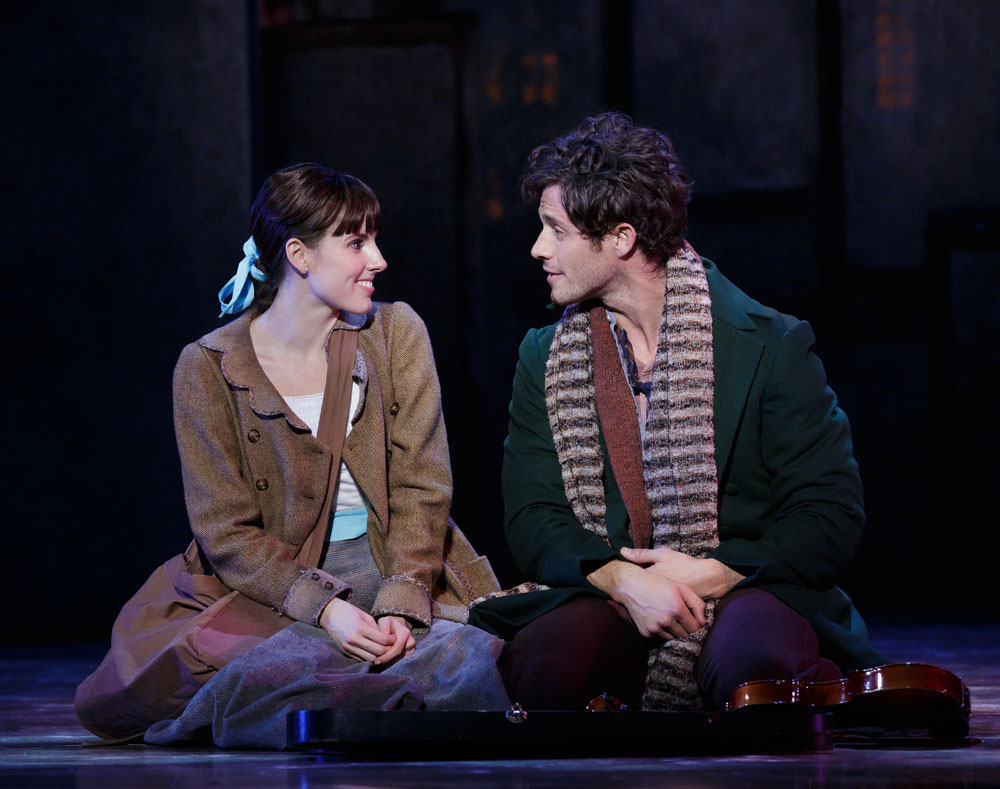
© Paul Kolnik. (Click image for larger version)
The charismatic Boyd Gaines gave a picture-perfect portrayal of Degas, investing his character with just the right amount of self-control, humor and humility. Rebecca Luker was more than impressive as the grown-up Marie. The handsome Kyle Harris made for a delightfully charming Christian, a nerdy and needy musician – rehearsal violinist by day and street busker by night. His character is an eternally nice guy with a heart of gold, who comes across here more like Marie’s best friend than her love interest. (The couple got no real pas de deux, except for a folksy little number.) I felt his part was a bit underdone in this production. Harris has a beautiful voice and the creators gave him some of the most memorable songs in the show: “Musicians and Dancers and Fools” and “Dancing Still.” Yet, during the performance, he randomly pops in and out of scenes and his character is never really given a chance to become fully developed and realized.
The excellent Karen Ziemba brought a sense of grit and resolve to the role of Martine van Goethem, Marie’s alcoholic mother, a damaged yet utterly willful woman who, despite all her transgressions, manages to earn our sympathy. Sophia Anne Caruso shone as Charlotte, Marie’s younger sister, a little girl with a big dream of dancing.
But the star of the show was Peck, and Little Dancer presented a unique opportunity to see this extraordinary ballerina in a new light.











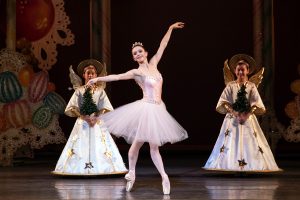

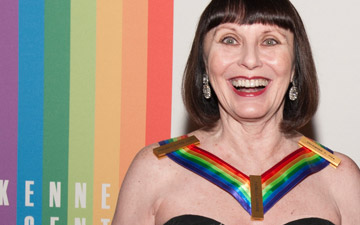


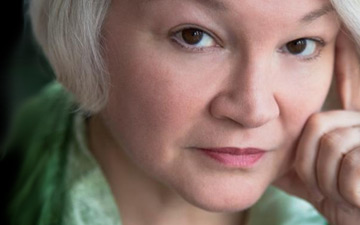
You must be logged in to post a comment.